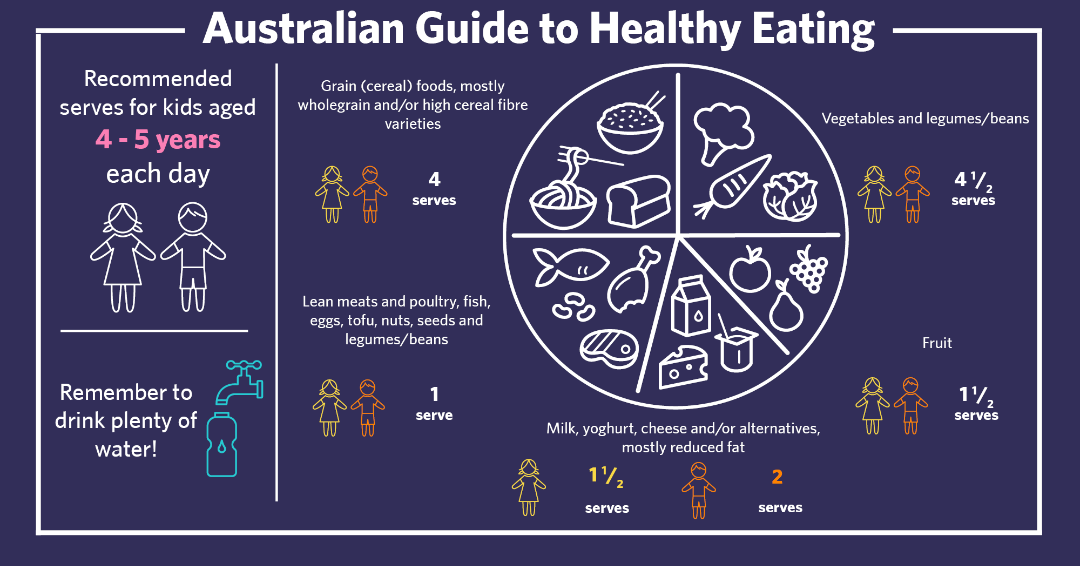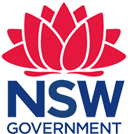
What Should Toddlers be Eating?
From 12 months onwards, toddlers should be getting most of their nutrition from solid food.
Toddlers are full of energy but have small stomachs. Regular eating breaks such as three meals per day with snacks in between will help them to fill up with the nutrients they need to support healthy development. The infographics below outline how much of each food group toddlers should be eating.


Your toddler may need more serves from these food groups if they are taller or more active. It’s also important to remember that your toddler’s appetite can change from day to day. Some days they might want to eat a lot, and other days they might not want to eat as much. These changes in appetite are usually nothing to worry about. If your toddler is developing well, they are probably getting enough to eat. You just need to have healthy food available and provide opportunities for them to eat.
Foods high in saturated fats, added salt and sugars should not be eaten regularly as they will replace foods with essential nutrients. These discretionary or 'sometimes' foods, such as chocolate, chips and takeaway foods, should be limited to small amounts and not very often.
Hard foods and chewy, sticky foods should be avoided for the first three years, because they can increase the risk of choking.
You can lower the choking risk of some foods by:
-
Serving ground nuts or seeds as pastes, such as peanut butter or tahini
-
Cooking vegetables until they are soft
-
Slicing hard fruits into paper thin pieces
-
Peeling and cutting slippery round foods like grapes and cherry tomatoes into smaller pieces
For more information see the Australian Guide to Health Eating for Children.
Related Topics



